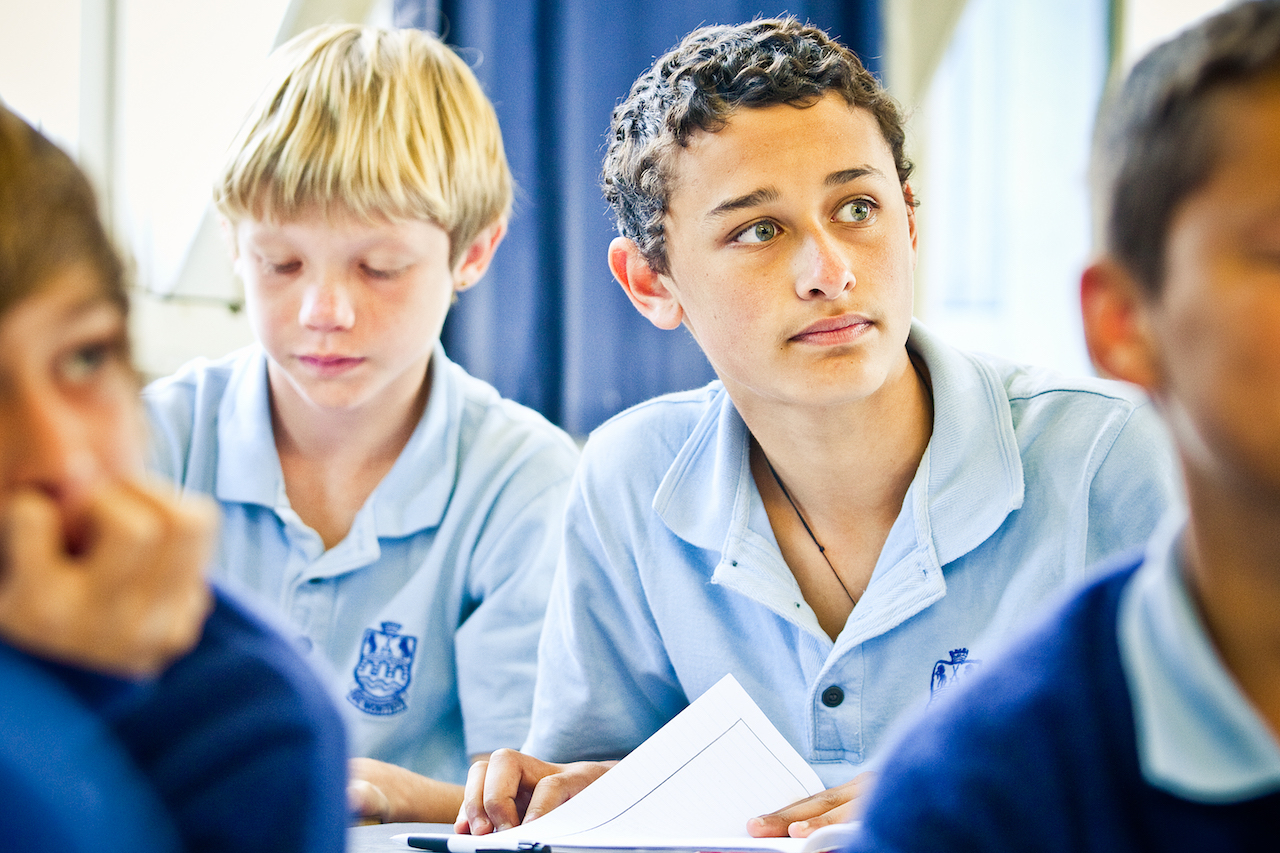
WHO?
The tri-lingual 7 year old?
The band who just won Rockquest?
The learner who corrects your grammar?
The girl who has just won a national equestrian event?
That 6 year old that excitedly talks to you about dark matter?
The Pasifika learner organising Polyfest entries for your school?
The boy with Asperger Syndrome and an obsession with roosters?
The young Māori girl teaching her friends waiata in the playground?
The siblings who won medals in the world wrestling championship?
The broody teen that struggles in Year 10 Maths but is excelling in Year 12 Art?
The 8 year old who is organising a petition to stop the draining of a local wetland?
Are you teaching any gifted learners?

While best practice in gifted education in a school includes developing concepts, characteristics and identification procedures that reflect the character, diversity and priorities of the kura, school or early childhood setting, and are Responsive to particular communities, this process can take a commitment to community wide PLD over an extended time period. You may want to provide suitable differentiated programmes for your gifted learners NOW.
According to the Standards for the Teaching Profession teachers in Aotearoa New Zealand are expected to:
"Design learning based on curriculum and pedagogical knowledge, assessment information and an understanding of each learner’s strengths, interests, needs, identities, languages and cultures."
While your setting is developing best practice in gifted education, a teacher can use the identification checklists below to help determine the strengths, interests and needs of any gifted learners with whom they have a relationship:
The checklists above can be used for any school age learner. They can be used at any time of the year. They have been developed from existing material based on Aotearoa, New Zealand research. There are others available on gifted.tki.org.nz specifically for very young, primary and secondary learners. Go to this identification data collection template for a very detailed version.
A checklist is just a starting point. Invite whānau to complete the checklist for their child as they will have knowledge of a learner’s characteristics and abilities in contexts outside of school. Ask the learner about their strengths and interests. Achievement data, records of participation and performance can be consulted. Gifted learners may be exceptional in one or many domains and cultural contexts will influence the recognition and expression of giftedness.
Another starting point may be a report by a psychologist or psychiatrist. Although they may be dense with jargon and difficult to understand, there is usually a useful one page summary with recommendations specific to that learner. Further discussion with the whānau and completing a checklist, can supplement the report data.
Perhaps the most important starting point is identification by parents/whānau. They may have had difficulties in the past with having their child's needs recognised and met and be quite emotional. Using a checklist will help you understand how their child's giftedness may be manifested.
Some gifted learners may be underachievers or multi-exceptional. These gifted learners may have strengths that are masked by motivational issues or one or more specific learning disabilities, physical impairments, disorders or conditions.
Once identified, gifted learners’ needs should be assessed and planned for.
Find out how by accessing the link below: